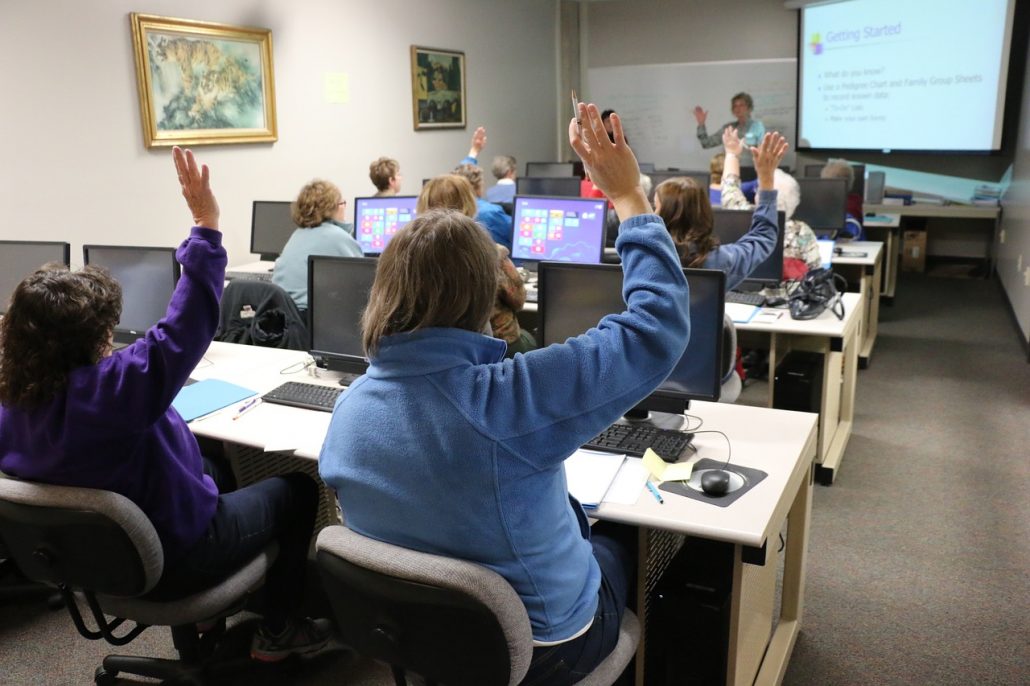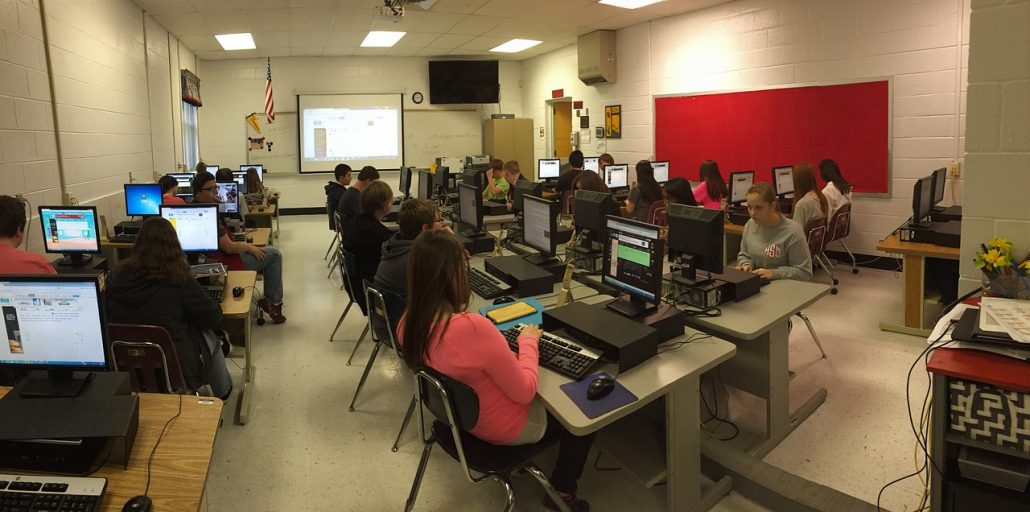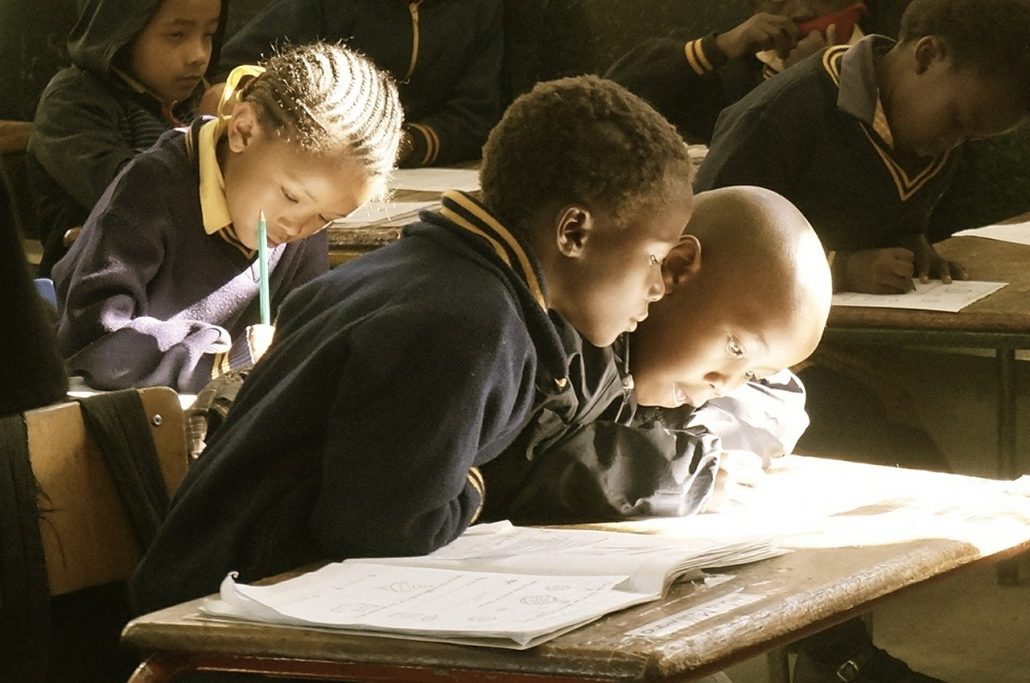How-To Stay in the Know: News for Elementary-Age Groups

For elementary students, the topic of news or current events may likely be met with confused faces or outright groans of boredom. I can certainly remember my eyes glazing over when Nightly News occupied the television in my house growing up. And today’s elementary schoolers are no different—they may not be 100 percent enthralled with current events. However, today’s technology means that current events are not only readily available, they are also available to all levels of readers and viewers. For the elementary age group, news events and stories shared with children must be age and reader-appropriate. Below are important pointers and suggestions for staying up on current events with elementary students.
Be sure to preview all news stories, articles, and broadcasts before having students participate. Thankfully, today’s technology and vast number of children’s programs ensure that current events and news articles can be easily assessed for age-appropriate content. Several educational news outlets do this work for us by categorizing material by age group and Lexile range. While it is important that students understand what they are reading, it is equally, if not more important, to be sure that the material is suitable for children. Many issues or headlines are not only disturbing or violent, but confusing as well. Discovery Channel, Channel One, Scholastic, Time Magazine, and CNN all provide student-friendly episodes, articles, and other resources so that current events are academically accessible and appropriate for elementary schoolers.
Keep the news relevant but light. Of course, we want students to be aware of some of the important events happening around them. But, at the same time, we must be sure not to expose them to anything that is too jarring or upsetting. News stories for elementary-age groups should involve topics to which students can relate. Make sure that the information they are getting connects to something in their own lives. This is a great way for students to begin to connect to the outside world, as well as recognize their place in it.
Encourage questions. Questions to ask include: What is the purpose of relaying this particular story, i.e., who will benefit from knowing or learning about this? Who might this news story be targeting? Is there a recognizable tone in the story or clip? How does this story or event affect the people around me? How do I benefit from knowing about this story or current event? Again, these questions prompt students to consider what they have just learned.
Know the difference between credibility and unreliability. Again, this is a new concept for elementary schoolers. When it comes to news stories, news media is so prevalent these days that accurate stories can easily be spun or altered and quickly posted to a pseudo-reliable news source. Fact-checking is something that elementary school students can begin to do in order to double check a source that may seem unreliable. Today’s school libraries and media centers have wonderful resources that help with providing credible sources. Whether primary or secondary sources, schools purchase multiple paid forums, anthologies, and online databases for students to conduct research or investigate specific topics.












